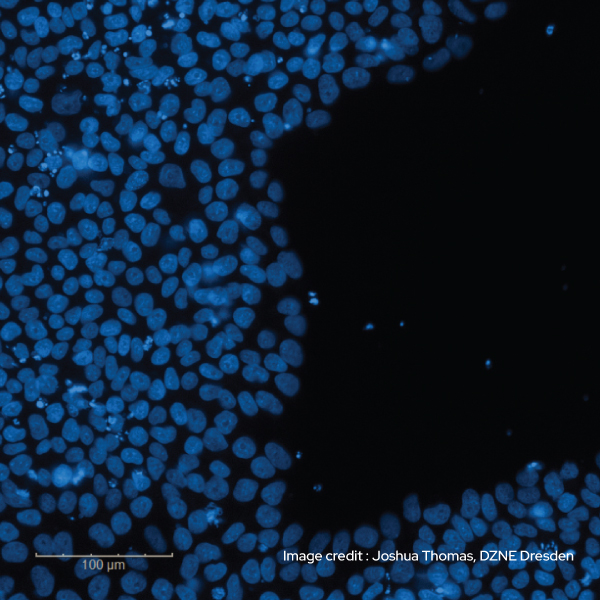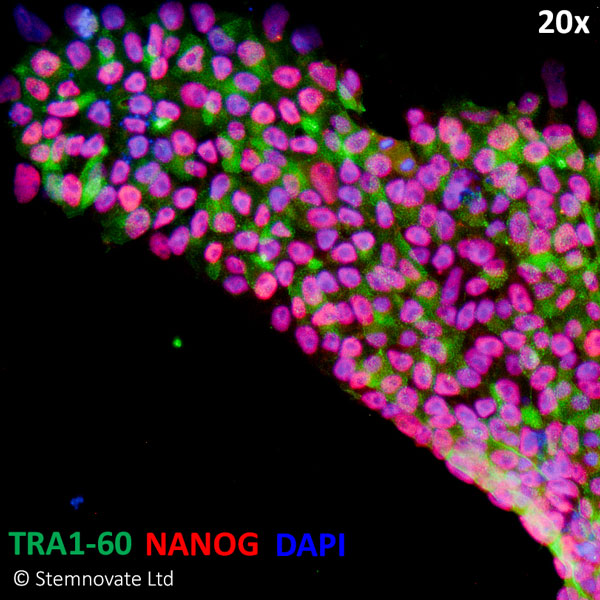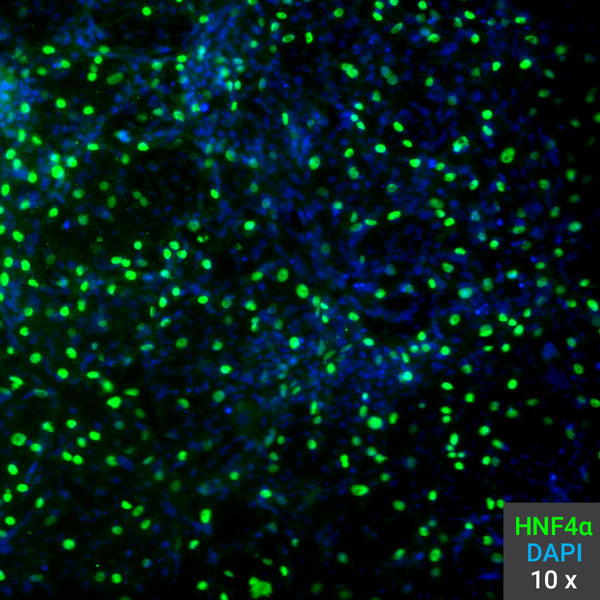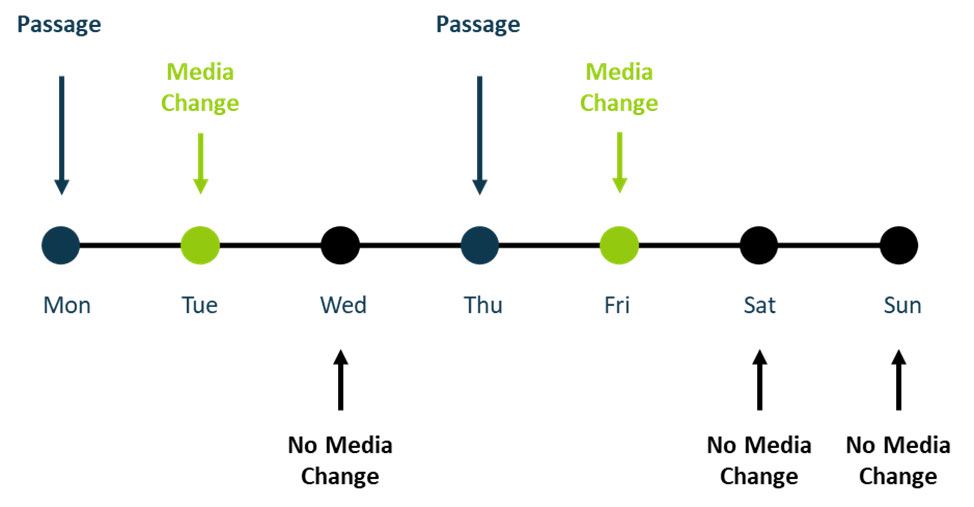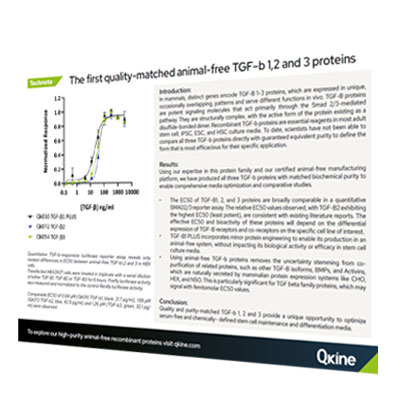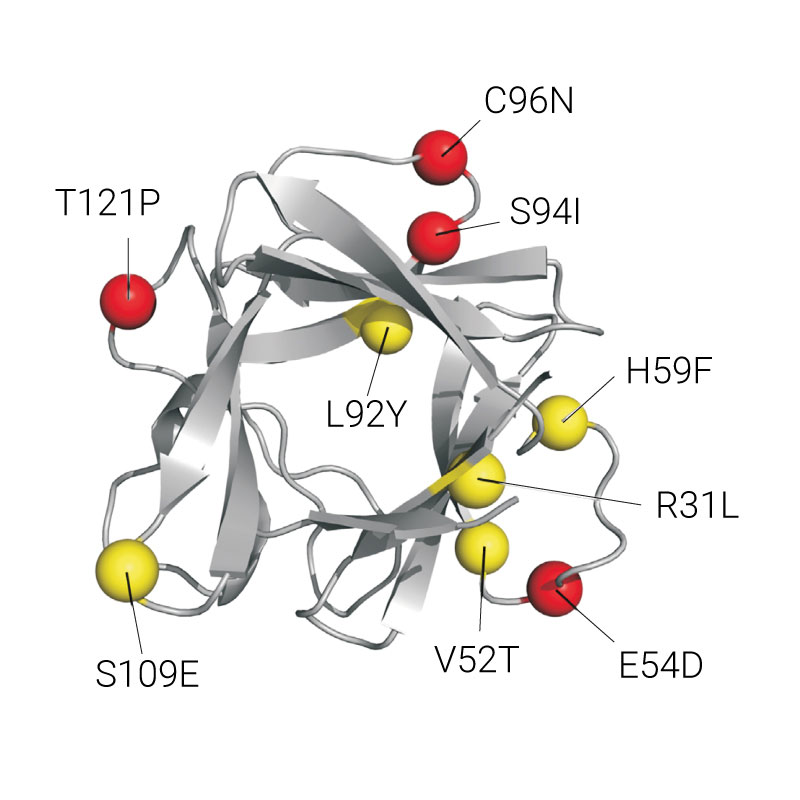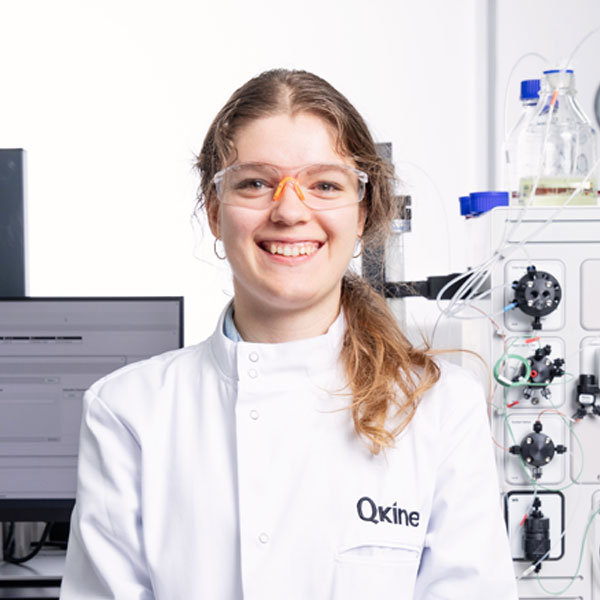Maintenance of pluripotency in human iPSC and ESC
Several standard-defined media have been adopted for human stem cell maintenance, including mTESR, E8 and StemPro. Most recently, weekend-free media B8, developed by Paul Burridge at Northwestern University, utilises thermostable (heat-stable) FGF-2 (FGF2-G3) developed by Dvorak and colleagues at Masaryk University and Enantis Ltd.
In the search for conditions that maintain pluripotency in human pluripotency stem cells, several media formulations have been described (the composition of most popular of which is shown in table 1), in general each of which targets 3 main signalling pathways. [1]
- Activation of the PI3K/AKT/mTOR and MAPK/ERK pathways by FGF-2 and/or neuregulin 1 (NRG-1), which bind FGFR1/FGFR4 or ERBB3/ERBB4
- Activation of the TGF-β signaling pathway by TGF-β1, nodal, or activin A, which bind TGFBR1/2 and/or ACVR2A/2B/1B/1C (nodal is used less commonly in pluripotent medium formulations due to the expression of the nodal antagonists LEFTY1/2 in hPSCs)
- Activation of the PI3K/AKT pathway, promoting cell survival and growth, by insulin or insulin growth factor (IGF-1), which binds INSR and IGF1R
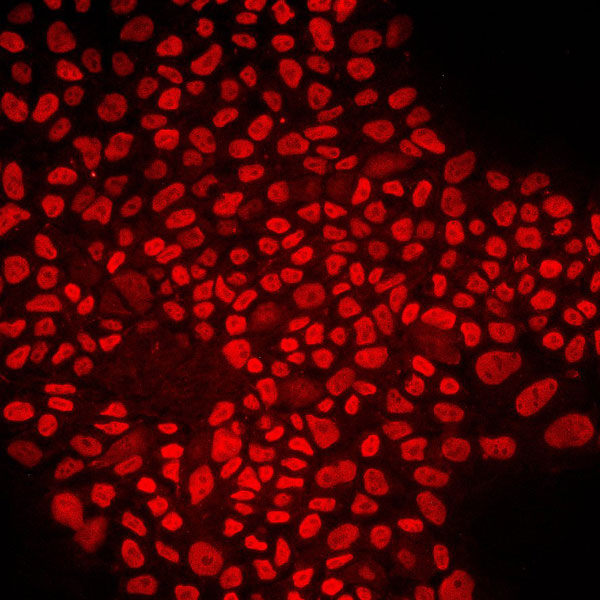
Qkine animal-free TGF beta 1 PLUS enhances pluripotency maintenance
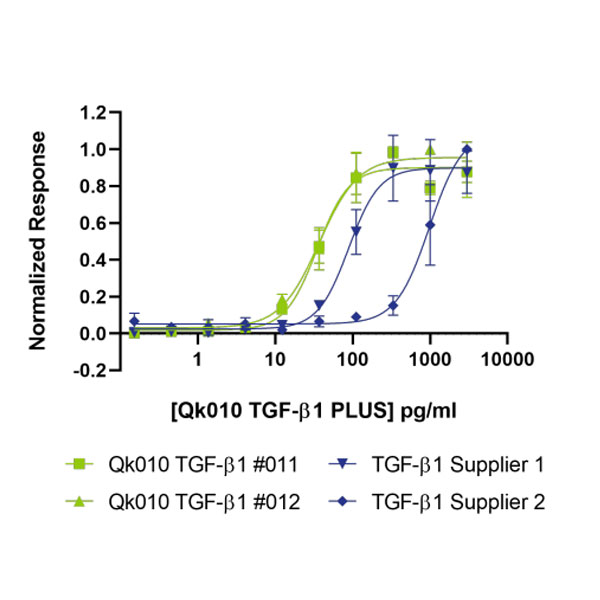
Quantitative luciferase reporter assays show TGF-β1 PLUS (Qk010, green) has higher bioactivity (EC50=1.4 pM for lot #011 and #012) when compared with mammalian expressed TGF-β1 from two alternative suppliers (blue, Supplier 1 EC50=3.5 pM, Supplier 2 EC50=38 pM.)
Human/bovine/porcine TGF-β1 PLUS protein is the first entirely animal-free recombinant human transforming growth factor beta 1 (TGF-β1) protein for highly reproducible results and compatible with chemically-defined stem cell media. TGF-β1 is used extensively in E8-style induced pluripotent (iPSC) and embryonic (ESC) stem cell media.
High purity 24 kDa dimer comprising optimised mature domain of TGF-β1 protein, animal-free (AF) and carrier-protein free (CF). Our TGF-β1 PLUS protein has been extensively tested for maintenance of iPSC pluripotency by the specialist stem cell biotechnology company, Stemnovate, Cambridge, UK
Our TGF-β1 PLUS is part of our TGF beta family which comprises of the first quality-matched animal-free TGF–β 1,2 and 3 proteins for improved cell culture media development.
Table 1. The composition of 4 of the most popular human pluripotency media
| Components | Recipe | |
|---|---|---|
| mTeSR1 | DMEM/F12, BSA, FGF2, TGFβ1, insulin, transferrin, cholesterol, lipids, pipecolic acid, GABA, b-mercaptoethanol | Ludwig et al 20062 |
| E8 | DMEM/F12, FGF2, TGFβ1, insulin, transferrin, selenium, ascorbic acid | Beers et al 20123 |
| B8 | DMEM/F12, FGF2-G3 (FGF2-STAB®), TGFβ3/TGFβ1, NRG1 (Heregulin-β1), insulin/IGF1 LR3, ascorbic acid, transferrin, sodium selenite, sodium bicarbonate | Lyra-Leite et al 20214 |
| StemPro | DMEM/F12, BSA, FGF2, TGFβ1, Activin A, IGF-1 LR3, NRG1 (Heregulin-β1), transferrin, | Wang et al 20075 |
